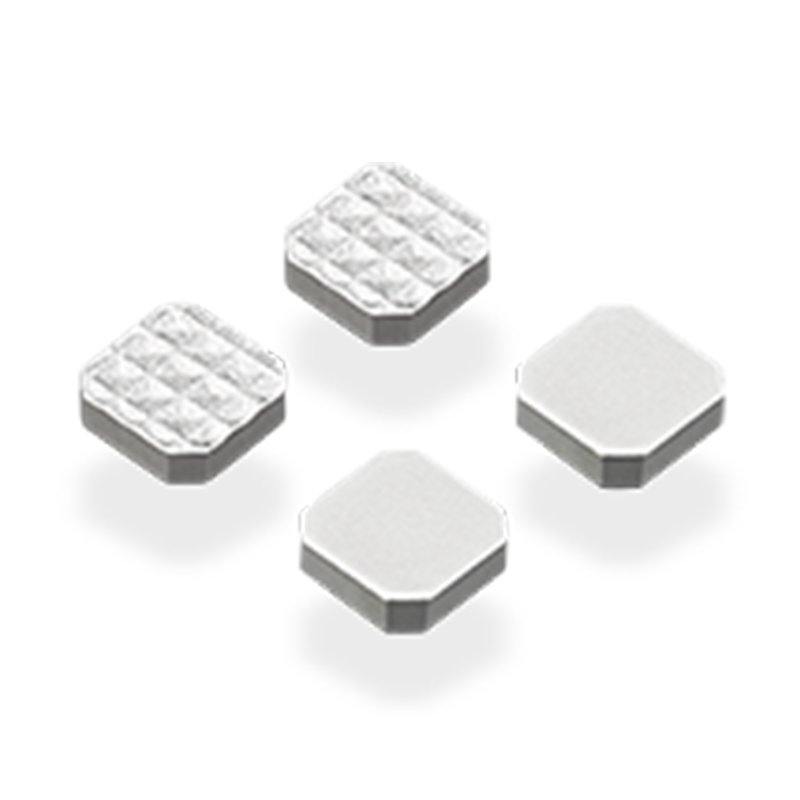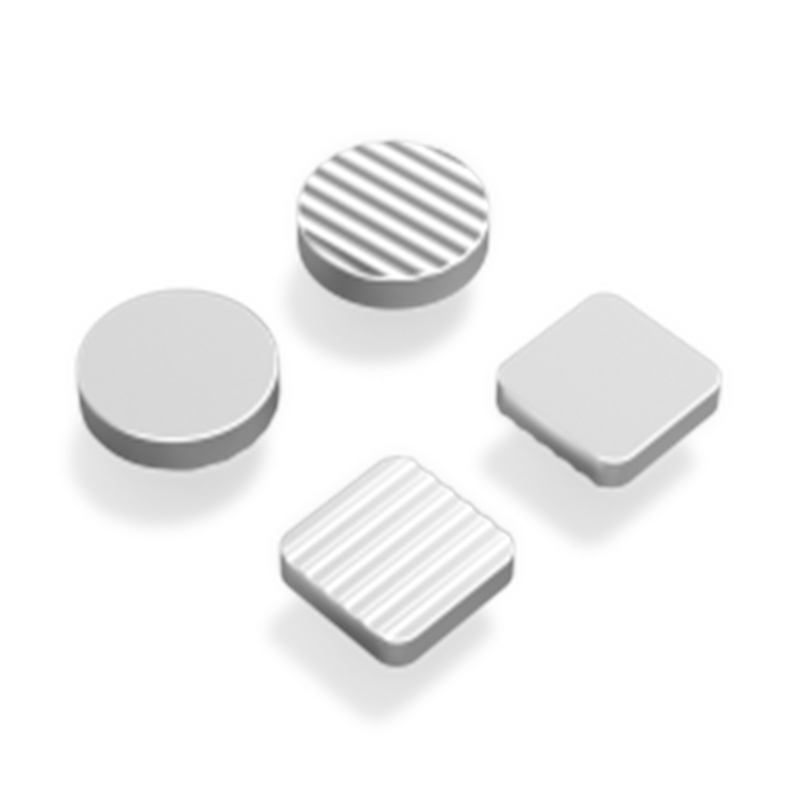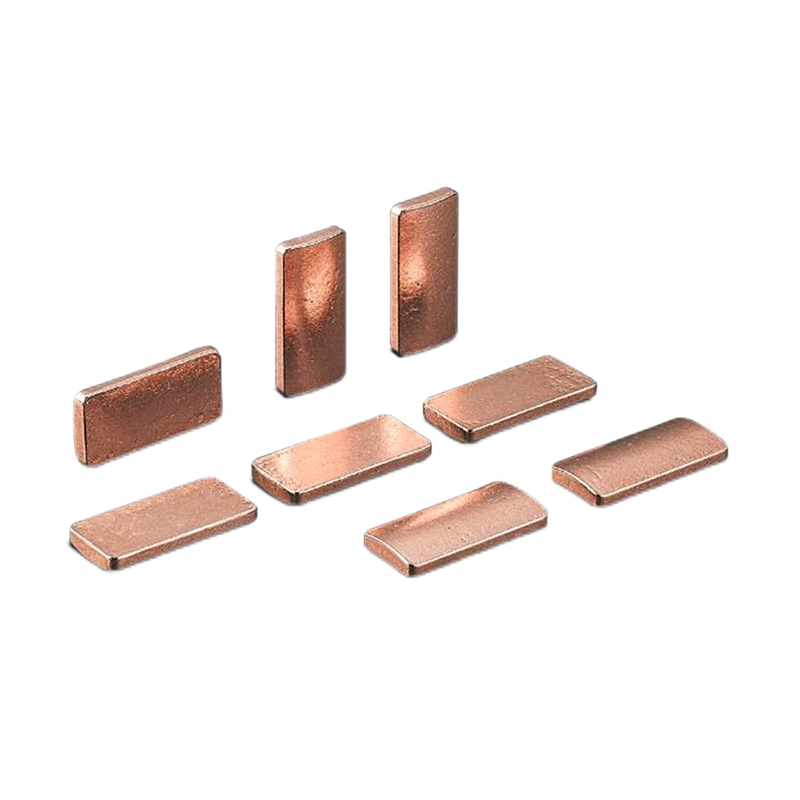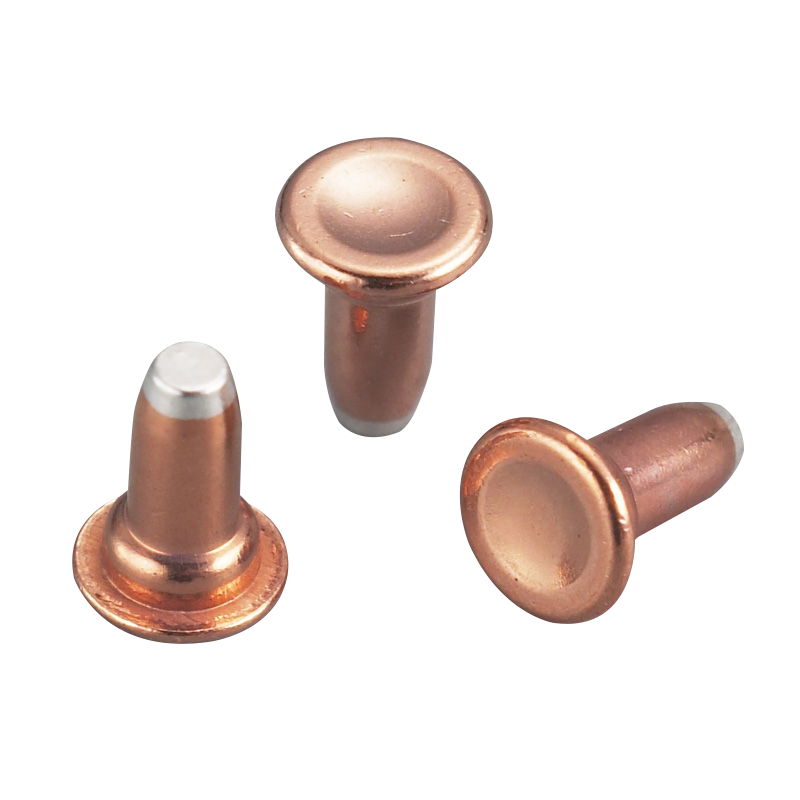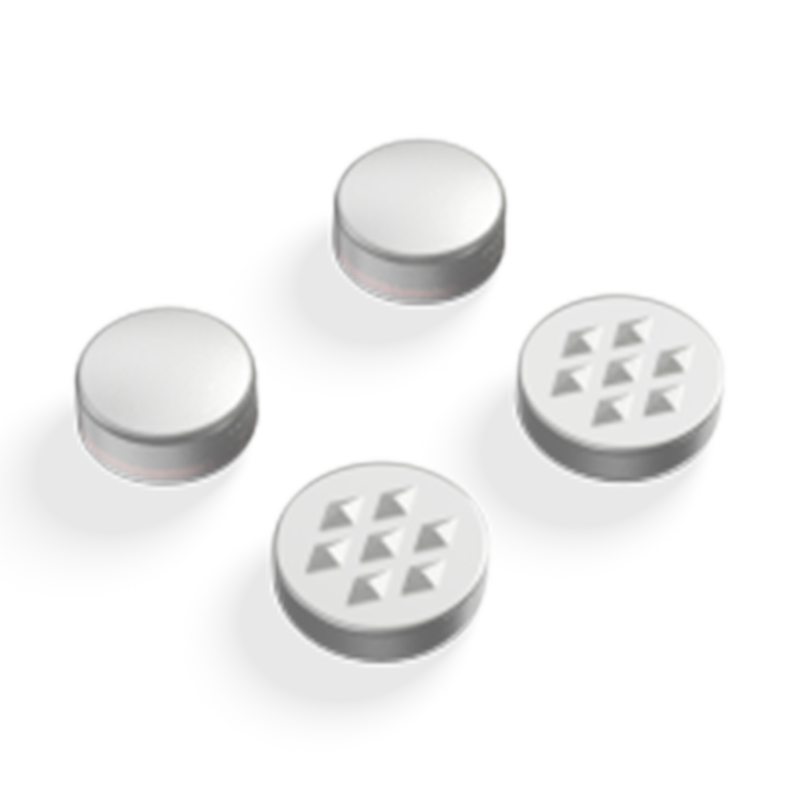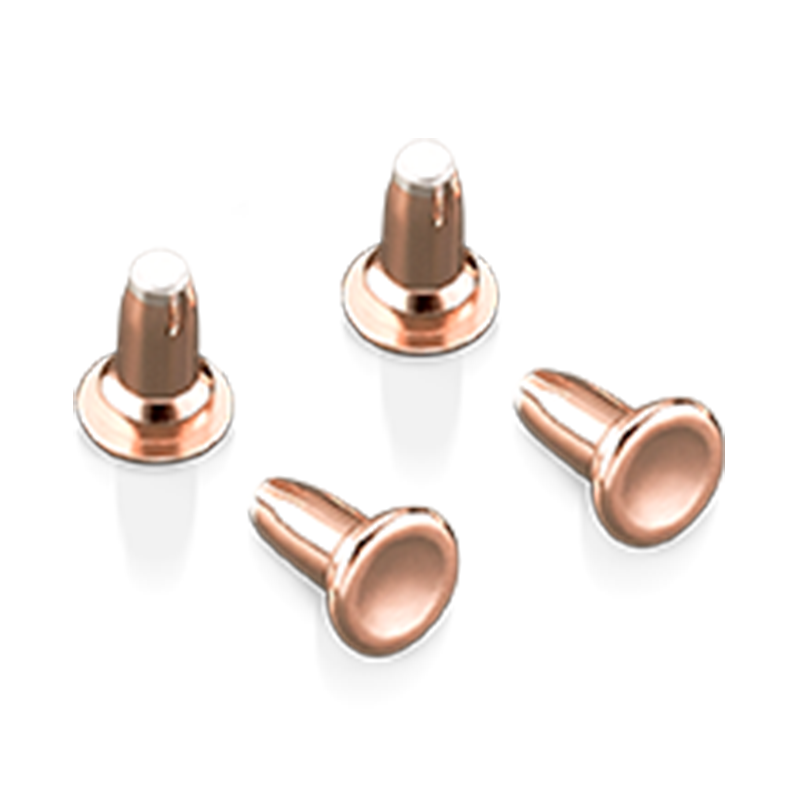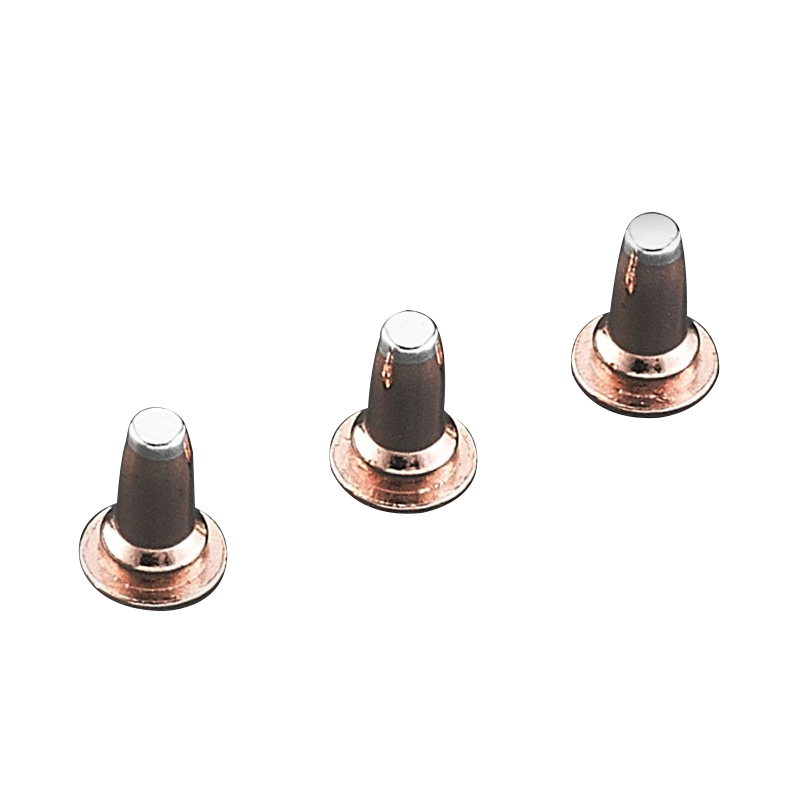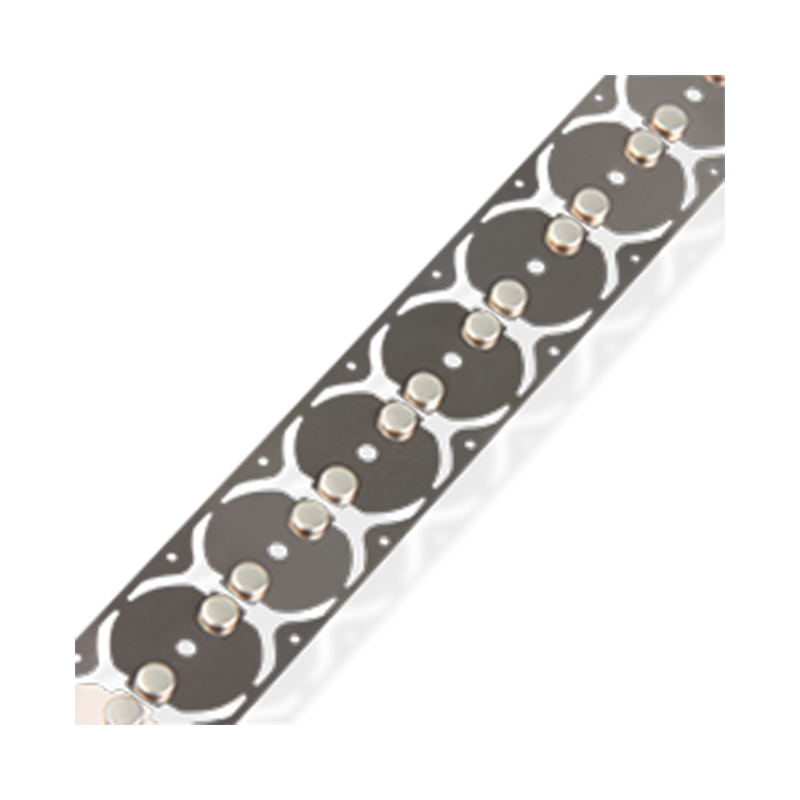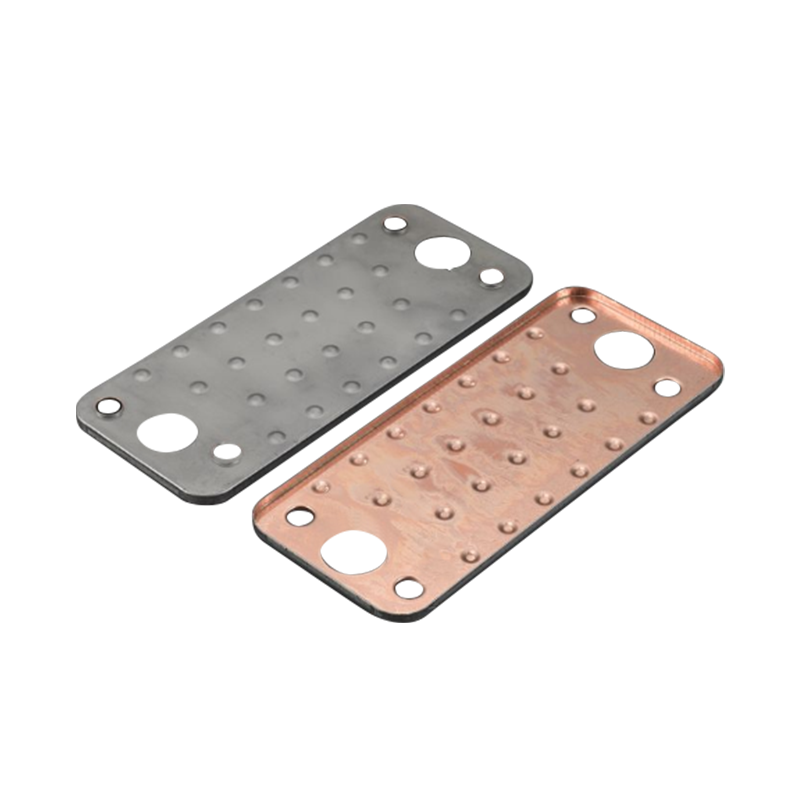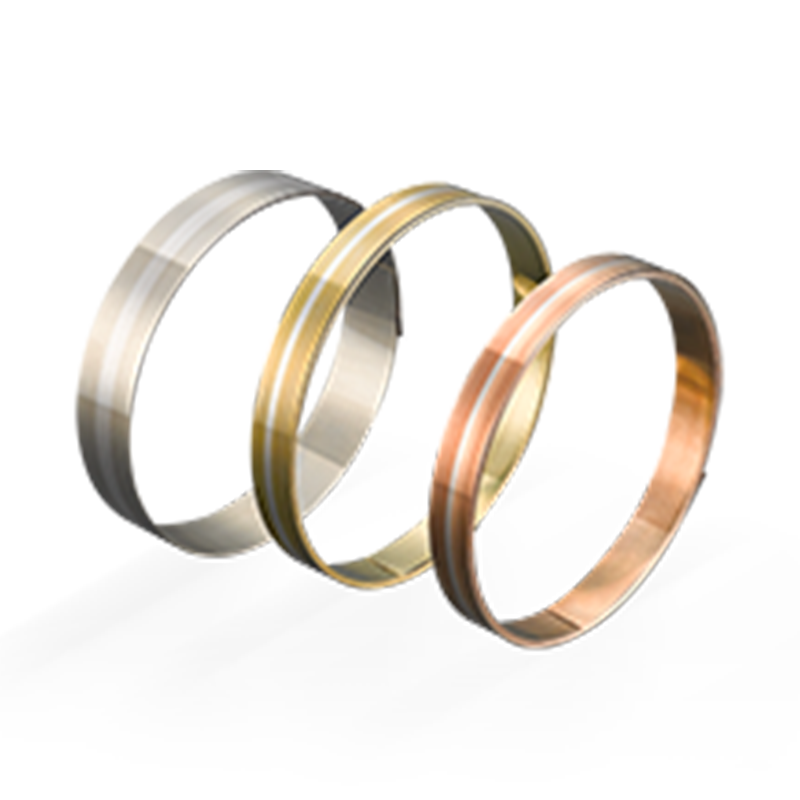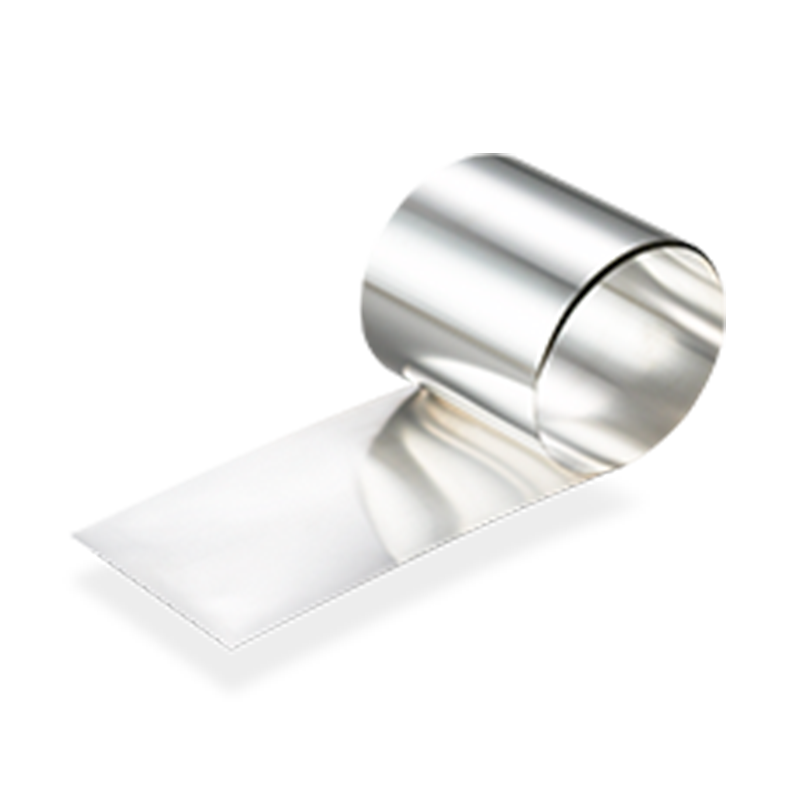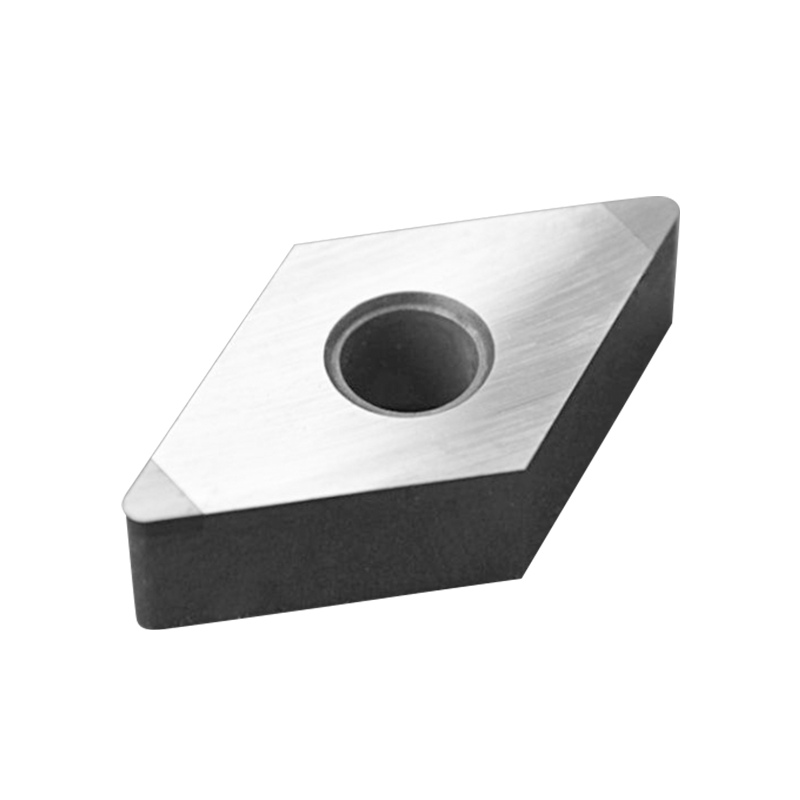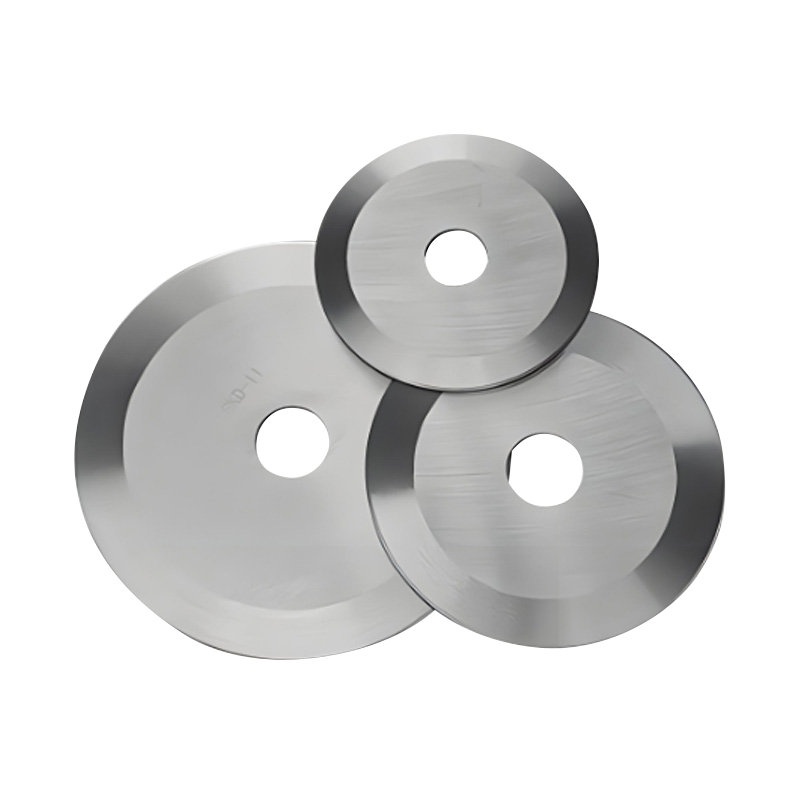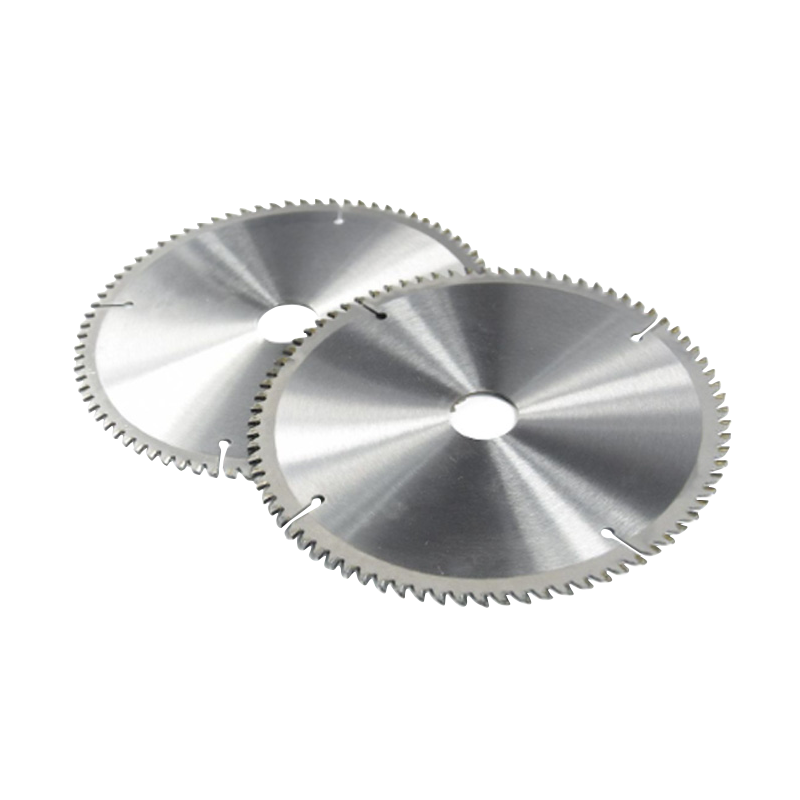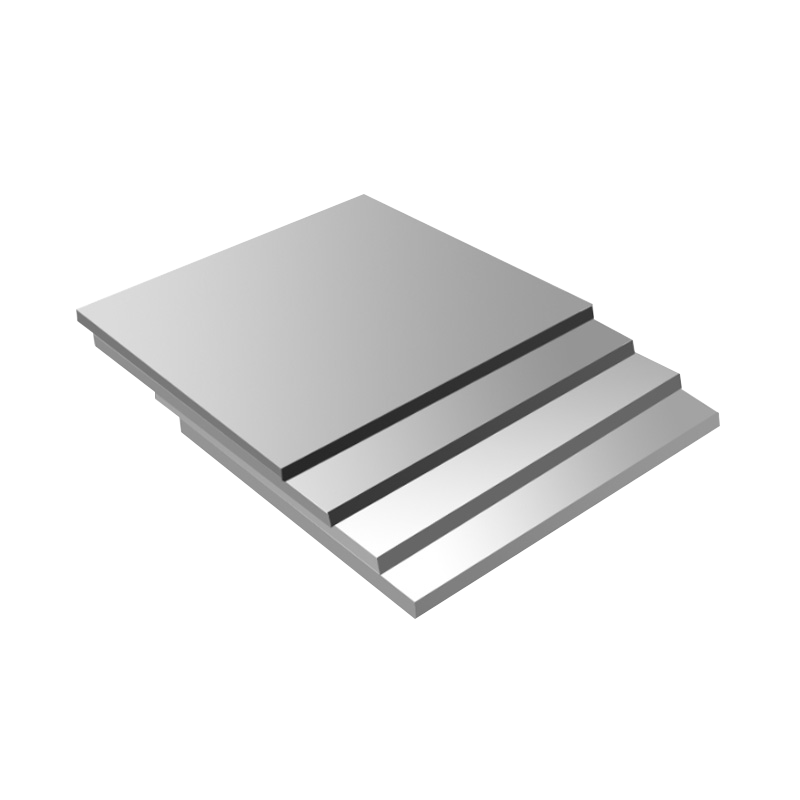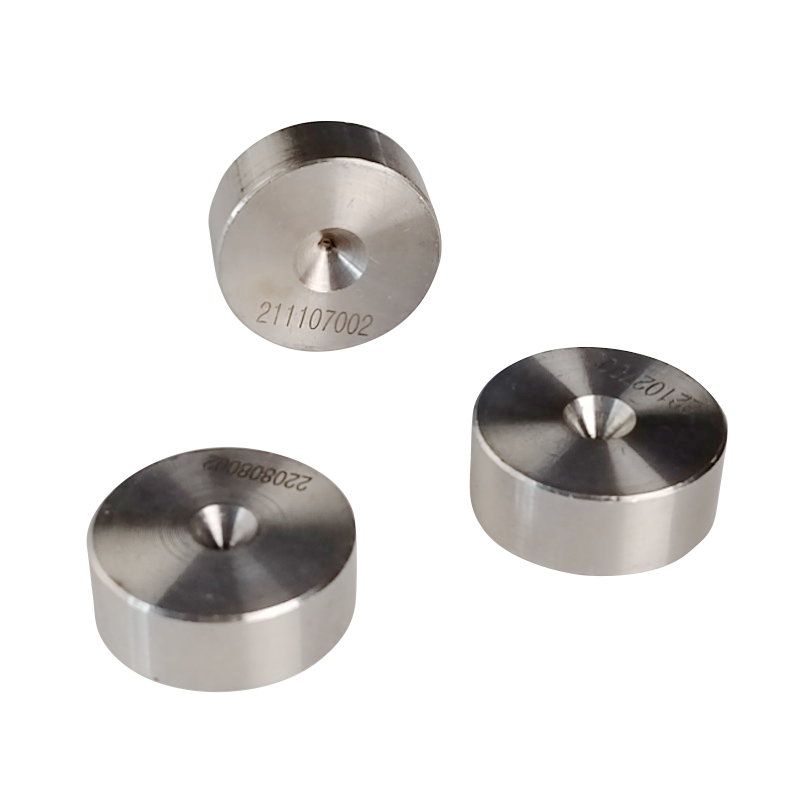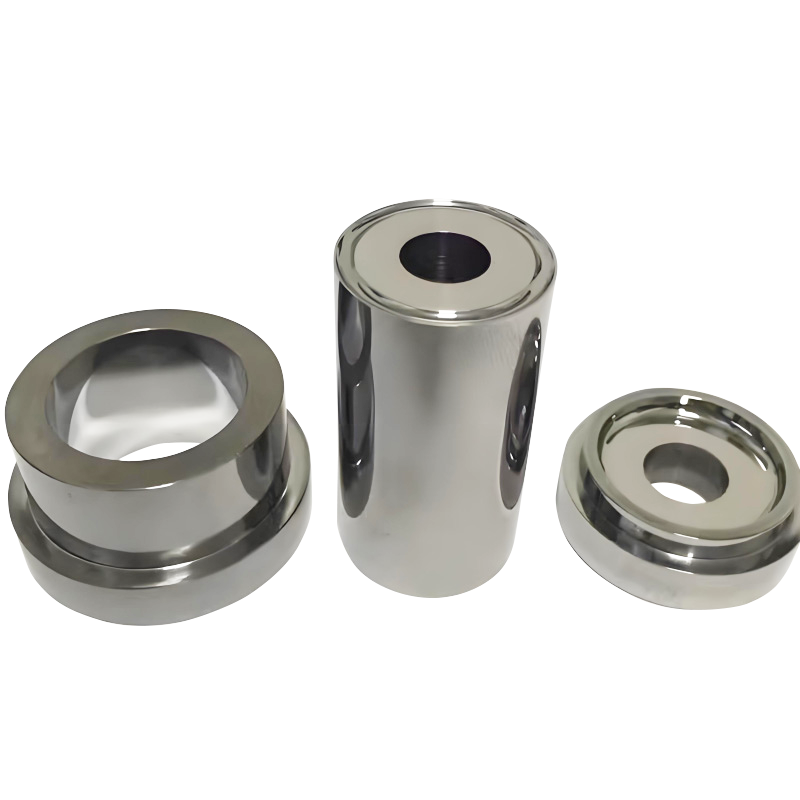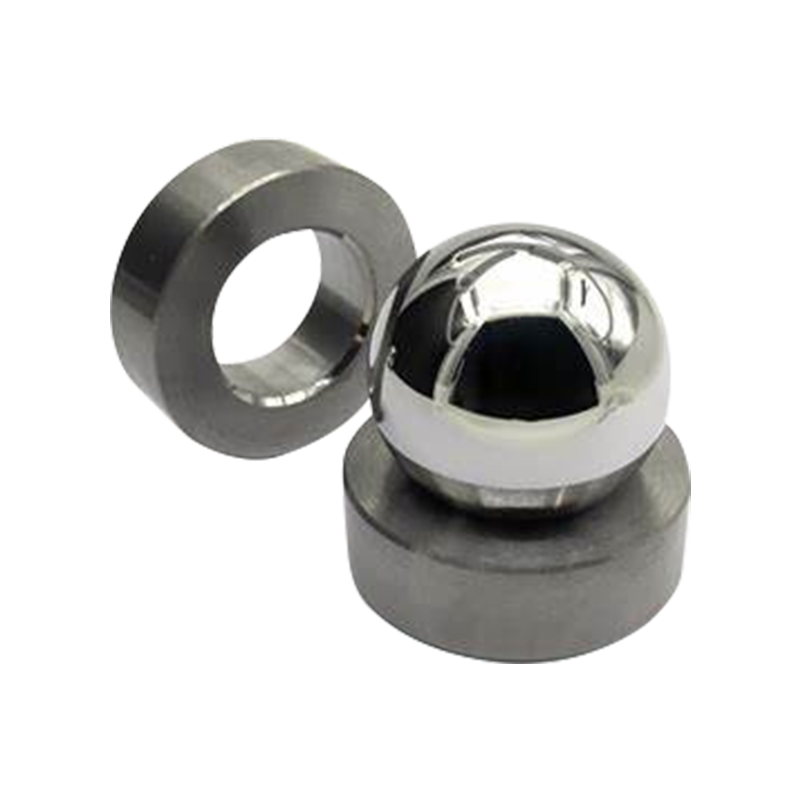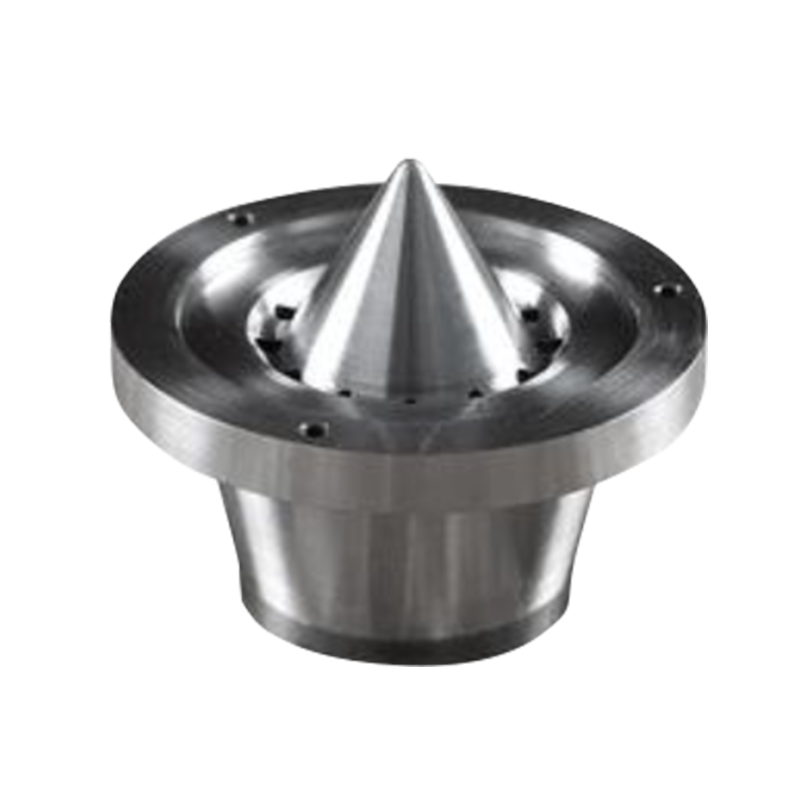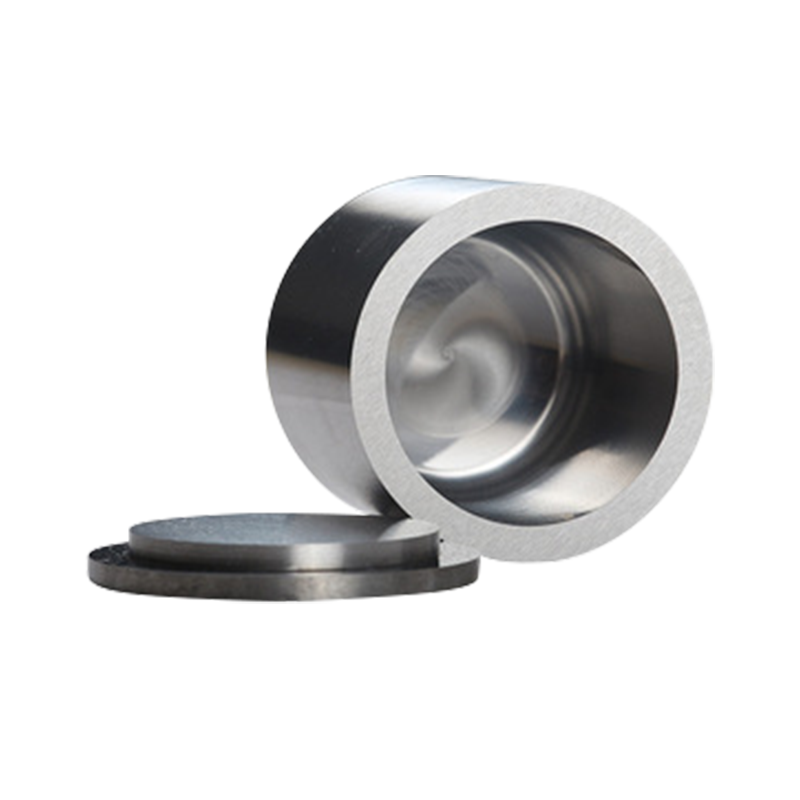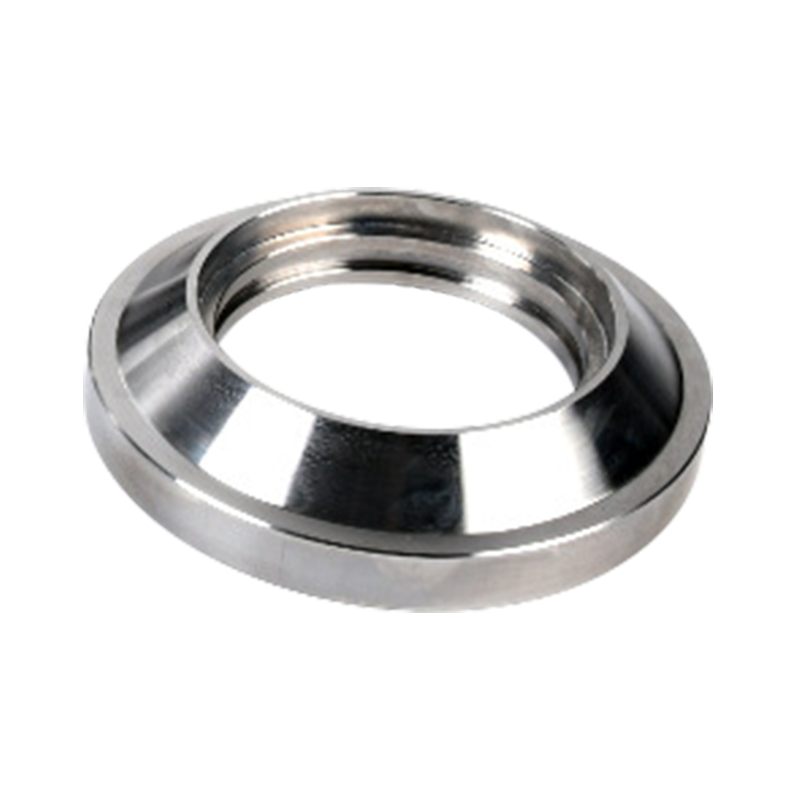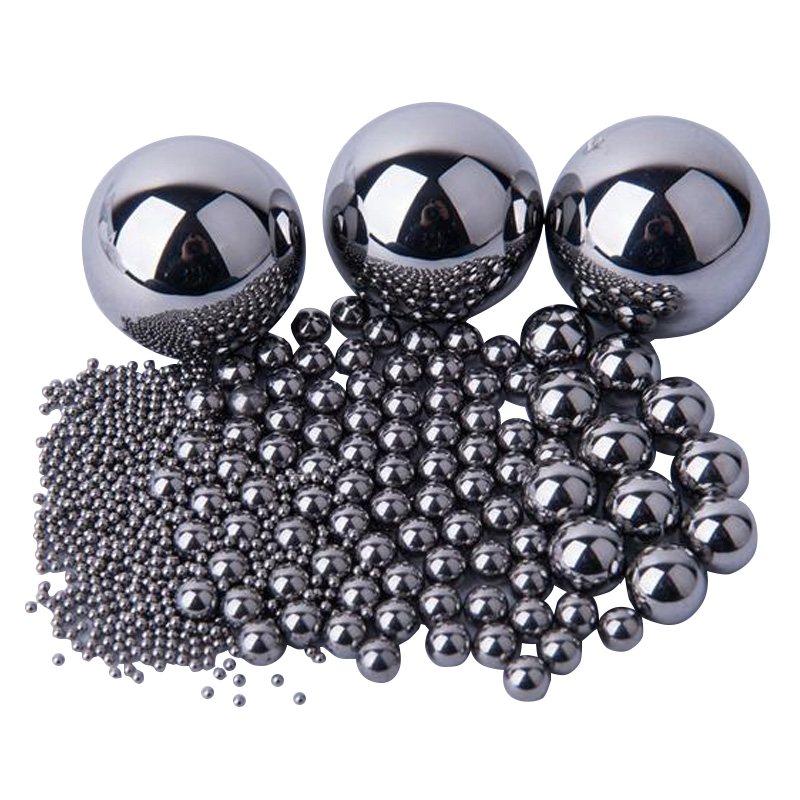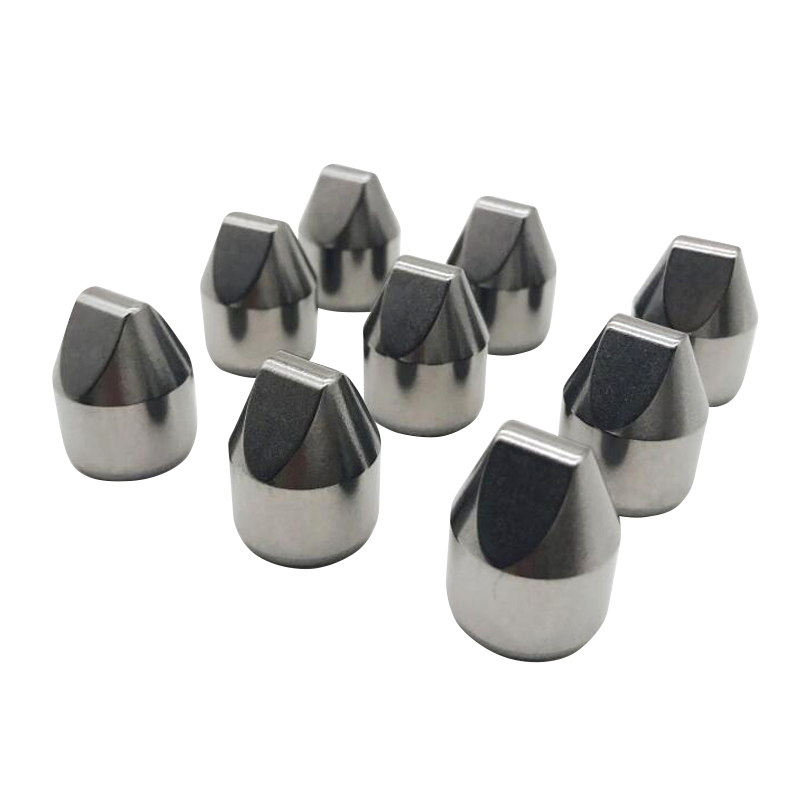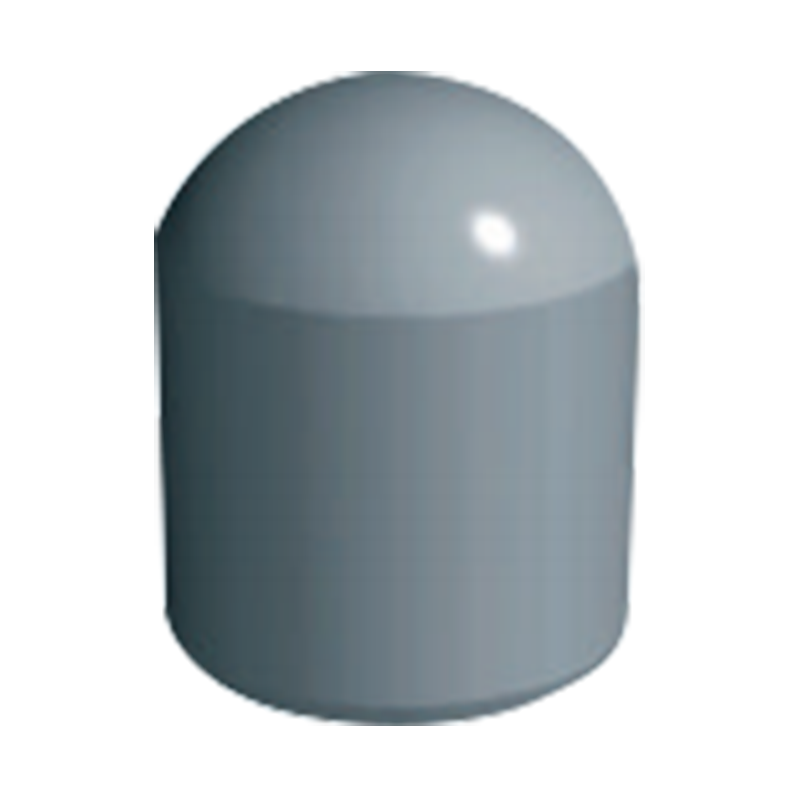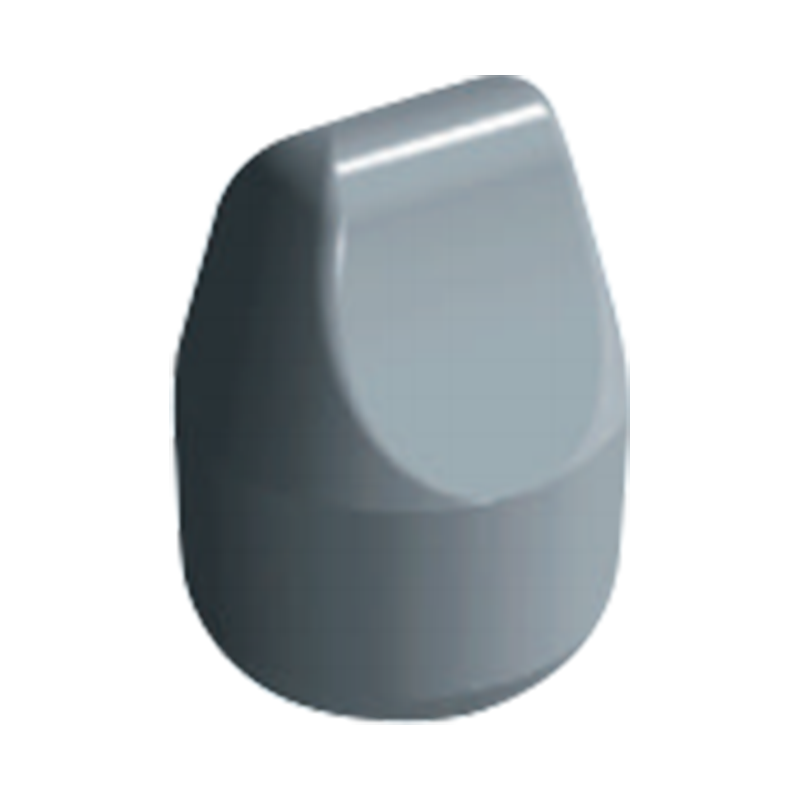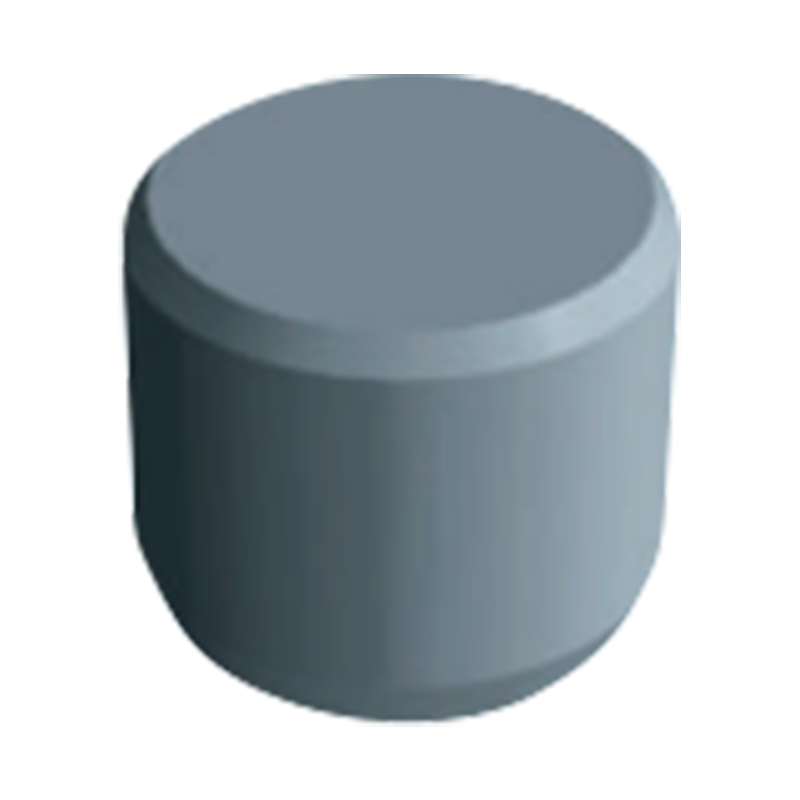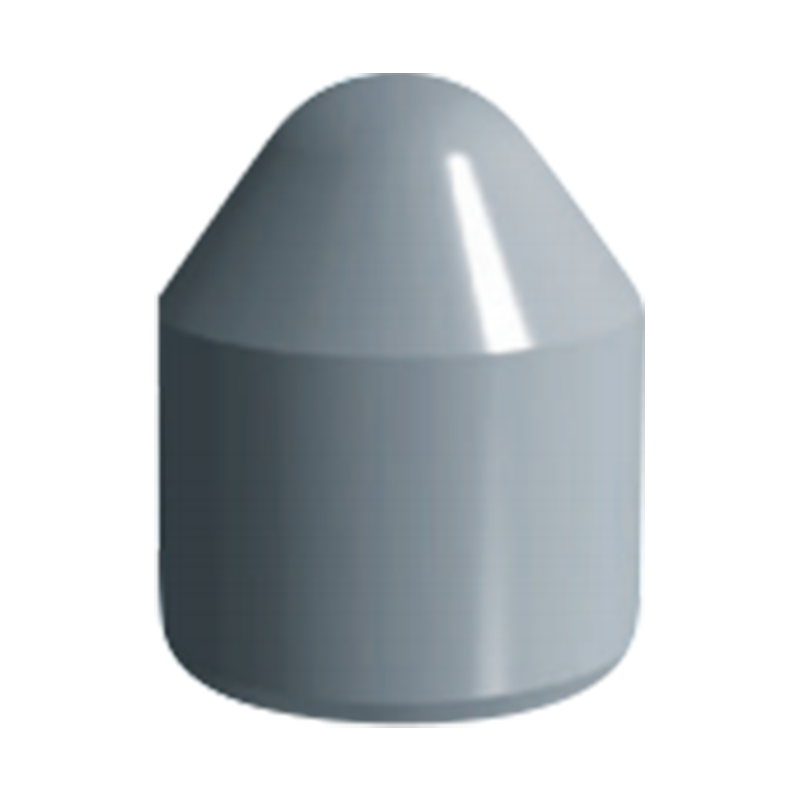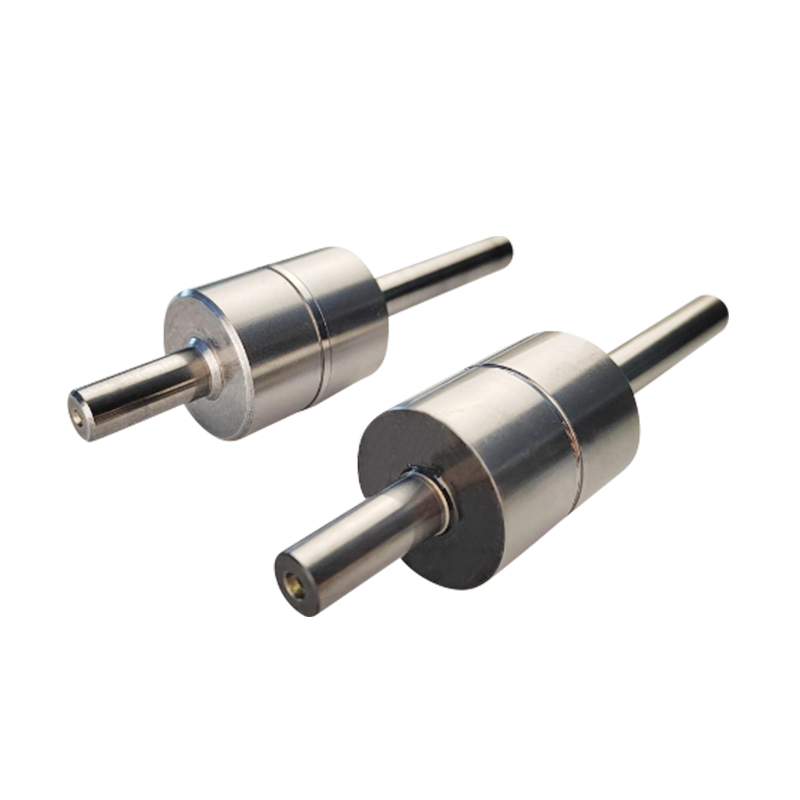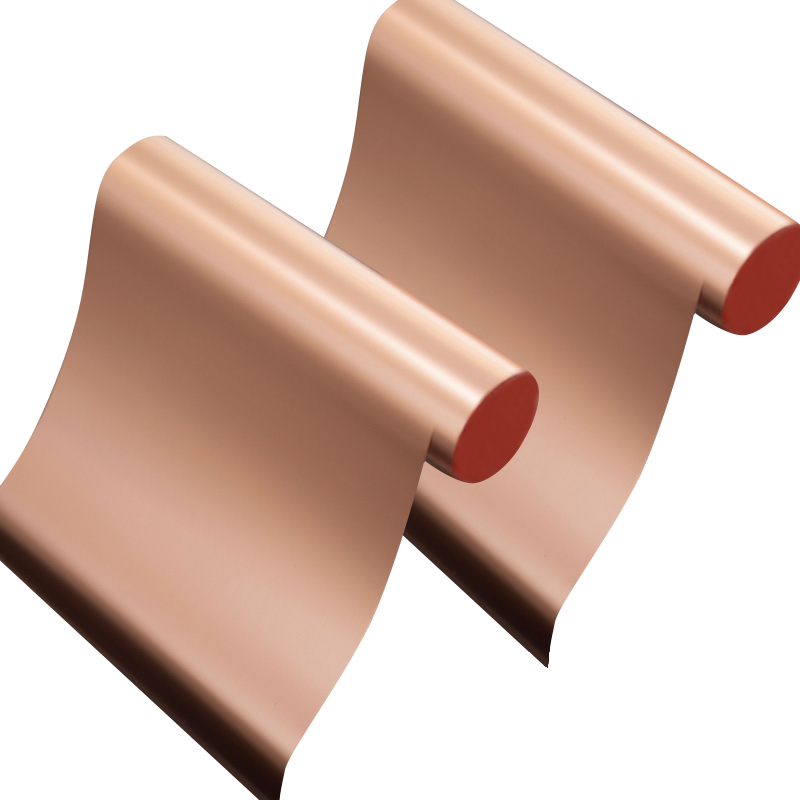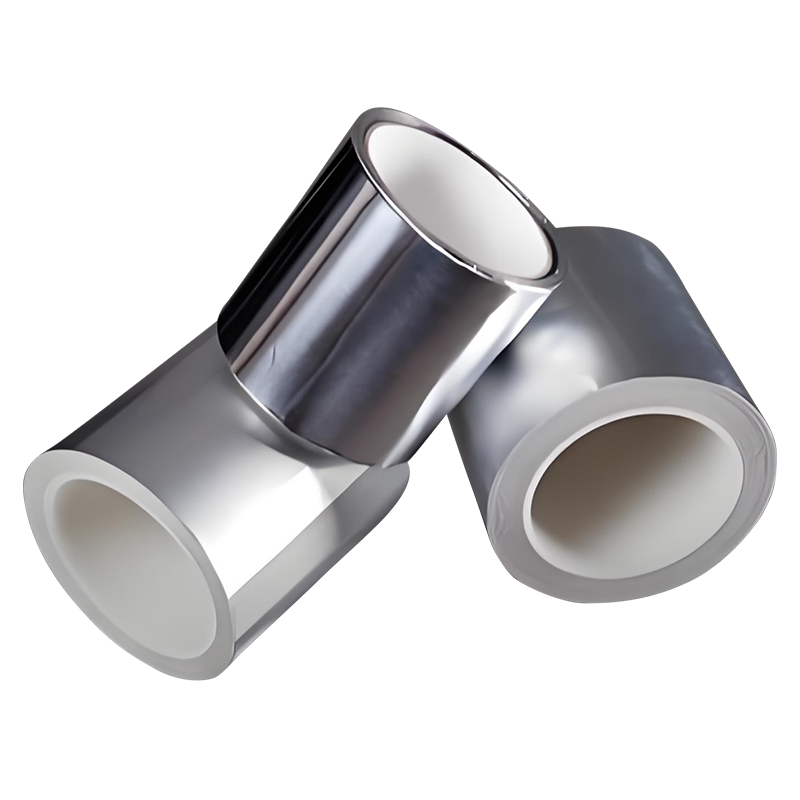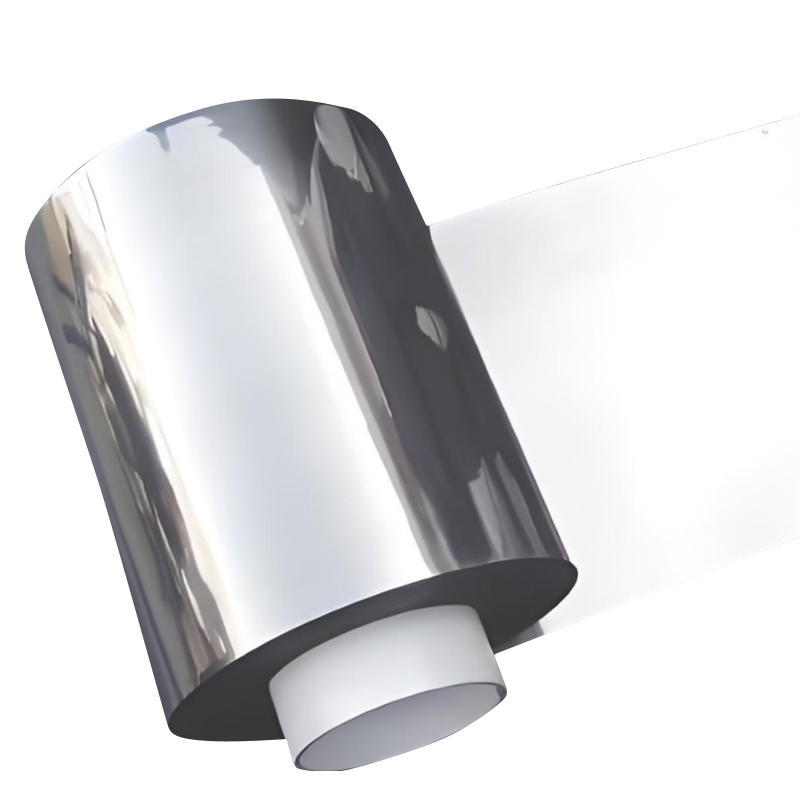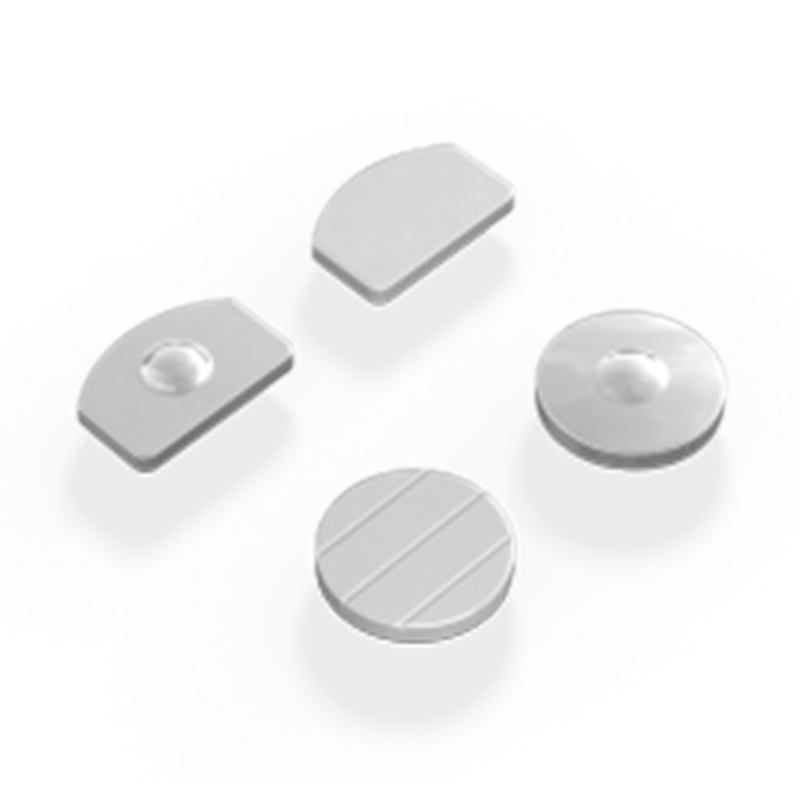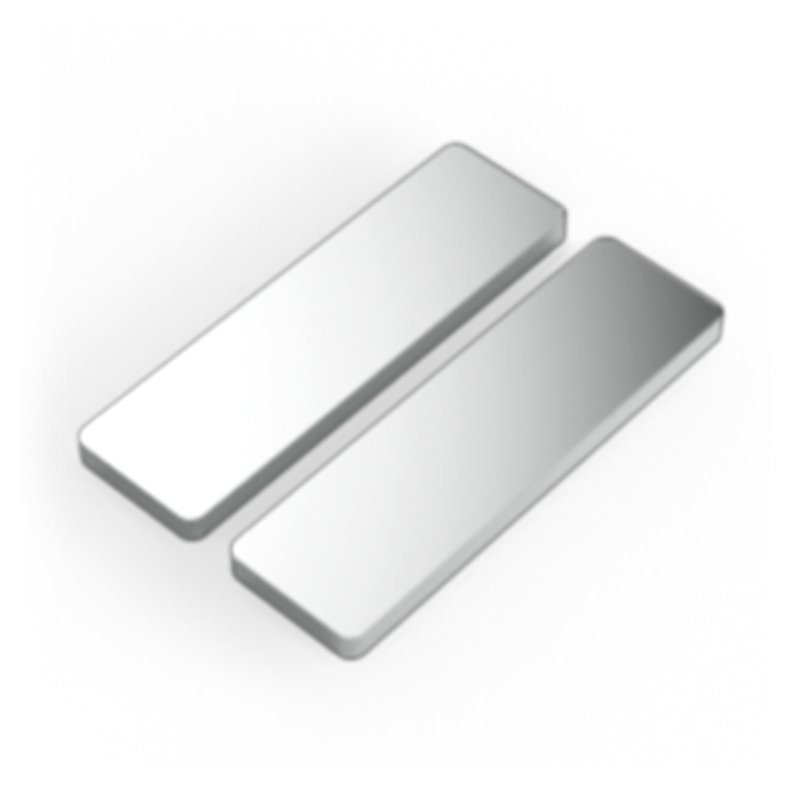If you need any help, please feel free to contact us
Alloy Electrical Contact Materials Suppliers
As a key electrical component in the fields of new energy power, intelligent industry, and smart transportation, electrical contact materials undertake the functions of power transmission, distribution, and protection and control of electrical appliances. The performance of the materials directly affects the stable operation, safety, and reliability of the circuit system. The integrated development of new technologies and intelligent manufacturing has put forward higher requirements for the comprehensive performance of materials. Based on multilevel texture regulation, combined with rare earth doping, interface modification, and other technologies, Hongfeng has achieved wide application of related materials in the fields of strong and weak electricity, temperature control, and sensing.Electrical contact materials are used in electrical devices and components to establish and maintain reliable electrical connections.
As a leading manufacturer in the custom electrical contact materials industry, we pride ourselves on our ability to tailor solutions that meet the unique needs of our clients across diverse sectors. Our custom factory capabilities enable us to work closely with customers, offering highly specialized products that enhance performance, efficiency, and reliability. By leveraging cutting-edge technologies and a deep understanding of material science, we not only meet but exceed the growing demands of the new energy, smart industry, and intelligent transportation sectors. Partner with us to unlock advanced, high-performance solutions that drive innovation and future-proof your business.
Global Smart Manufacturing
Wenzhou Hongfeng Electrical Alloy Co., Ltd. (hereinafter referred to as “Wenzhou Hongfeng”), founded in September 1997, is a material technology company engaged in new material technology research and development, production, sales, and service, providing customers with a full range of solutions in the field of new alloy functional composite material. Electrical Contacts Suppliers and Wholesale Alloy Electrical Contact Materials Company. The company was listed on the Shenzhen Stock Exchange (stock code: 300283) in January 2012.
The main products include electrical contact materials, metal-matrix engineered composite materials, cemented carbide materials, high-performance extremely thin lithium copper foil, and intelligent equipment, providing customers with integrated functional solutions from material research and development to component manufacturing, and then intelligent manufacturing. Supply Wholesale Electrical Contact Materials. The products are widely applied in industrial manufacturing, intelligent transportation systems, smart homes, communication information, aerospace, mining, machinery manufacturing, medical, and other fields.
How Alloy Electrical Contact Materials Shape Modern Power Systems
In the era of smart grids, electric vehicles, and IoT-enabled devices, alloy electrical contact materials are the unsung champions ensuring seamless power flow and system reliability. These materials—crafted through advanced engineering—are pivotal in applications ranging from high-voltage circuit breakers to micro-sensors in autonomous systems. As industries demand higher efficiency and resilience, innovations in material science are transforming how these alloys balance conductivity, durability, and thermal stability, even under extreme conditions.
The magic begins at the microstructural level. By leveraging multilevel texture regulation , engineers manipulate grain boundaries and phase distributions to minimize resistance and maximize longevity. For instance, silver-tungsten composites optimized with nano-scale precision excel in EV charging stations, where rapid heat dissipation during high-current surges prevents arc erosion. Similarly, grain boundary engineering fortifies materials against mechanical stress, a critical feature for wind turbine generators that endure relentless vibration. These advancements ensure alloy-based contacts remain robust in environments where failure is not an option.
Composite material systems take performance further by merging disparate elements into hybrid alloys. Rare earth-doped silver-copper composites, for example, combine cerium oxide’s thermal stability with carbon nanotubes’ strength, creating contacts that thrive in photovoltaic inverters exposed to fluctuating loads. Functionally graded alloys go a step further, layering high-conductivity surfaces with wear-resistant substrates to tackle dual challenges—like aerospace connectors that must be lightweight yet endure repeated thermal cycling. Such innovations highlight how tailored material systems solve real-world problems, from grid-scale energy storage to the delicate circuitry of smartphones.
Processing techniques like spark plasma sintering (SPS) and additive manufacturing are game-changers, turning lab innovations into scalable solutions. SPS produces ultra-fine microstructures in silver-graphene composites, ideal for 5G infrastructure requiring lightning-fast signal transmission. Additive manufacturing enables complex geometries—such as lattice designs—for EV motor controllers, optimizing heat dissipation without sacrificing strength. Surface treatments, like plasma-assisted interface modification, add corrosion resistance to marine-grade contacts, ensuring longevity in hydrogen-rich fuel cells or offshore wind farms.
Applications span industries, proving the versatility of these materials. In smart transportation, copper-nickel alloy contacts in high-speed train pantographs withstand vibration and temperature swings, while zinc-coated variants prevent degradation in grid batteries. Even everyday tech relies on miniaturized alloy contacts—like those in wearable devices—to maintain connectivity despite constant movement. Each use case drives further innovation, pushing the boundaries of cost-effectiveness and performance.
Sustainability is reshaping the field. Eco-friendly alternatives to cadmium-based alloys, such as rare earth-doped composites, reduce toxicity without compromising performance. Recycling initiatives recover precious metals from end-of-life contacts, aligning with global standards like RoHS. These efforts ensure alloy electrical contact materials not only power progress but do so responsibly.
Looking ahead, self-healing composites and 2D material coatings hint at a future where contacts repair cracks autonomously or achieve near-zero resistance in quantum applications. High-entropy alloys (HEAs) promise unmatched durability in nuclear reactors, while piezoresistive composites enable real-time health monitoring. The horizon is bright for alloy electrical contact materials—ushering in an era where connectivity is smarter, safer, and more sustainable than ever.

 en
en English
English Deutsch
Deutsch

